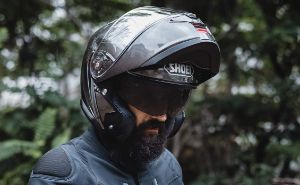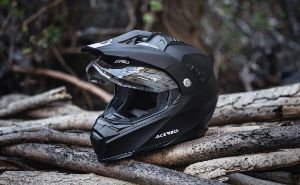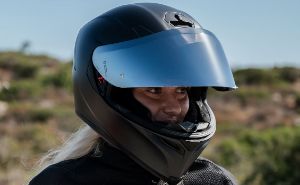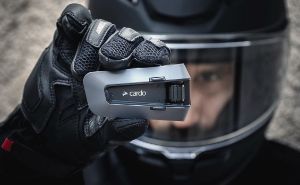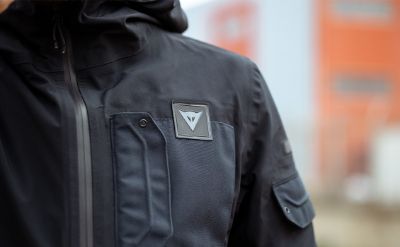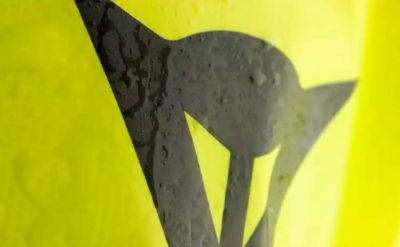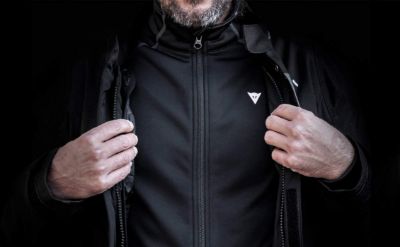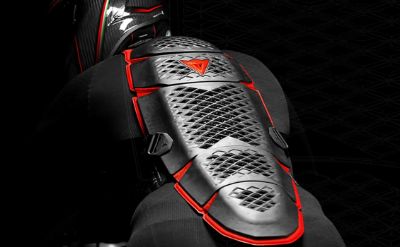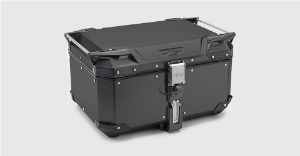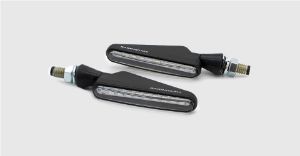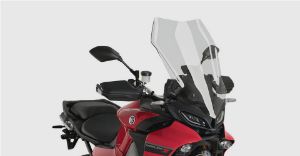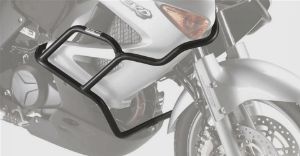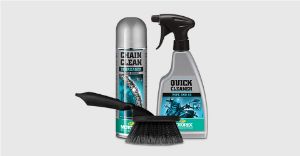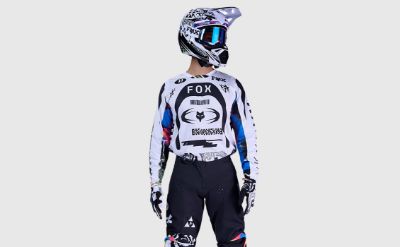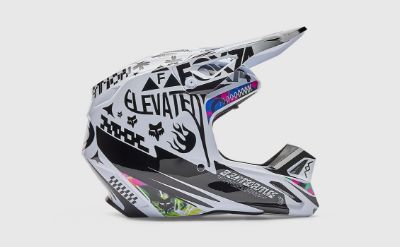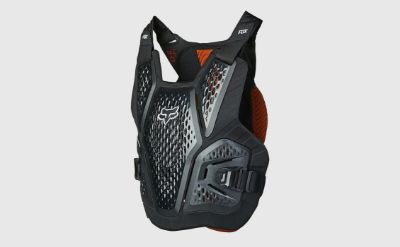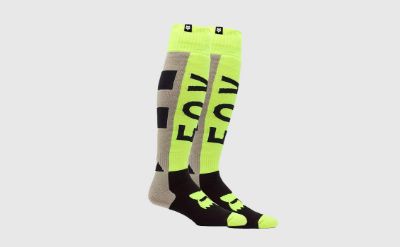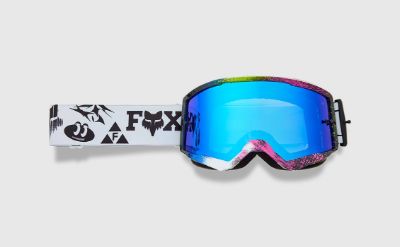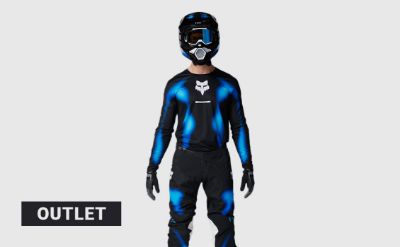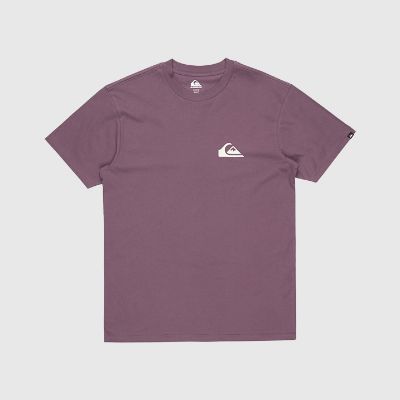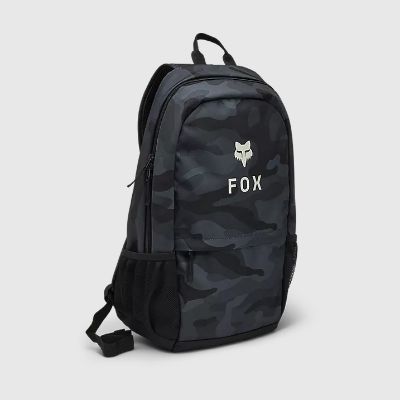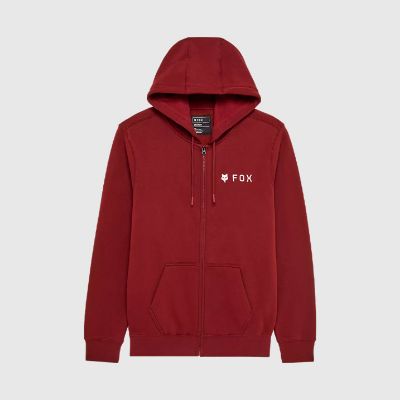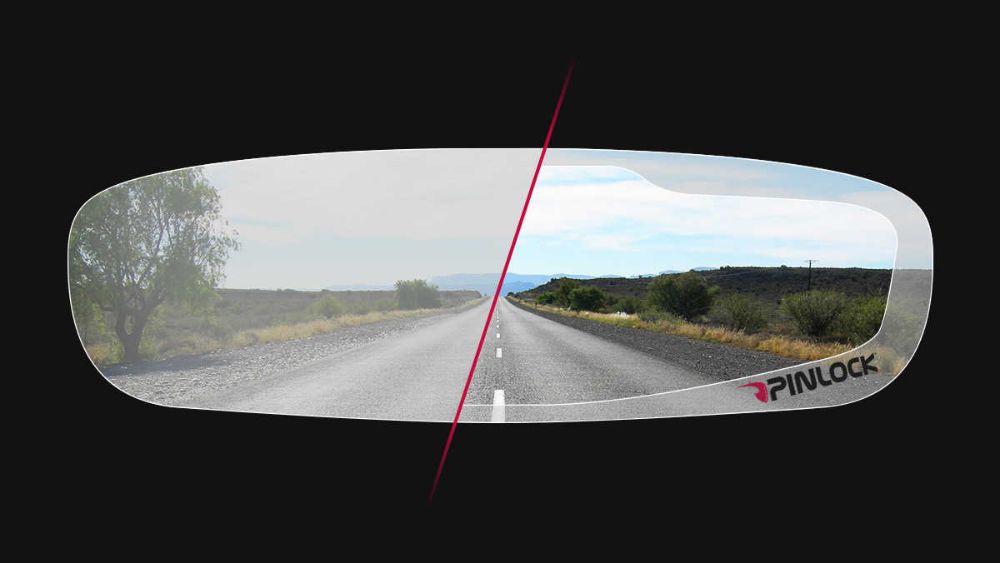🕓 Reading time: 4'
Anti-fog shields are flexible membranes that fit inside helmet visor, preventing the annoying blur caused by the rider exhaling when there is a significant temperature difference between the outside environment and the "microclimate" created inside the helmet. That is, almost all year round, except in summer (here you will take into account that the climate from place to place is not the same and therefore the time period varies).
> Click here to find Pinlock shield for your helmet.
WHAT DOES A PINLOCK SHIELD CONSIST OF?
And we call it a system because in order to work, it must fit perfectly on the transparent gel of the helmet.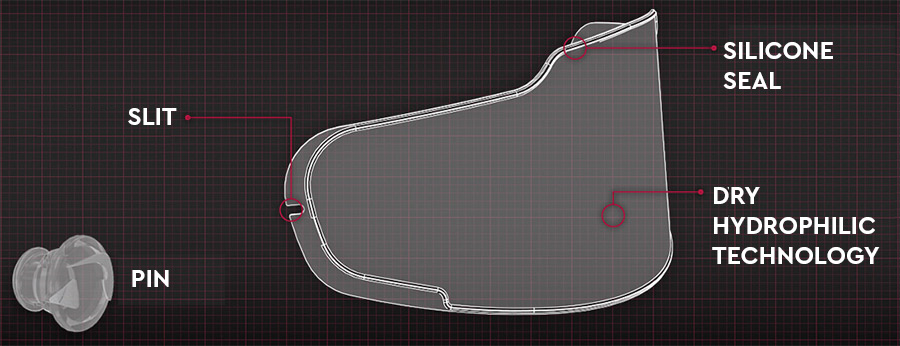
This is achieved both by the plastic elements (pins) that you see on the helmet visor, and by the perimeter silicone waterproofing coating that seals the point where the Pinlock and the helmet visor meet. This creates an intermediate layer of air that acts as a thermal insulator, while the construction material of the anti-fog shield itself has the ability to absorb moisture.
TYPES OF ANTI-FOG PINLOCK SYSTEMS
Are Pinlock 30, Pinlock 70 and Pinlock 120. 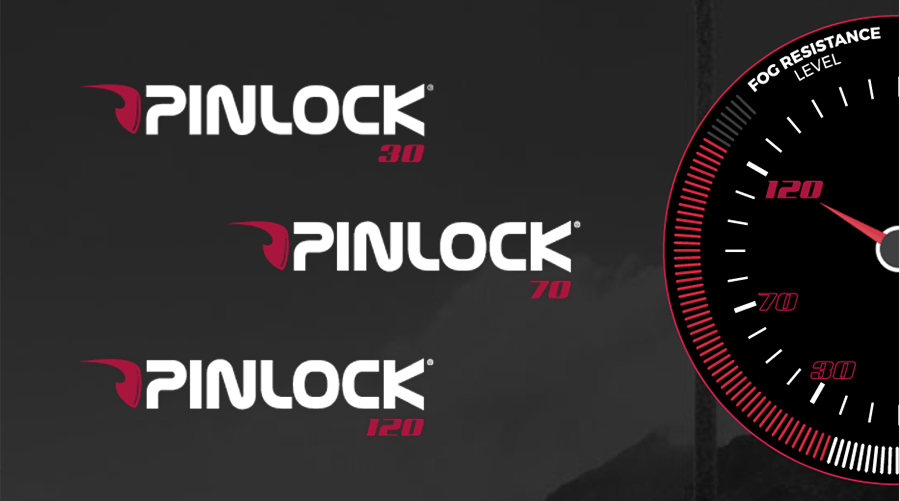
The number is used to describe the levels of protection (from "fog") provided by the lenses in order to adapt to the temperature differences that cause annoying blur.
The higher the index, the better the lens responds to extreme temperature and humidity conditions and your field of vision remains clear.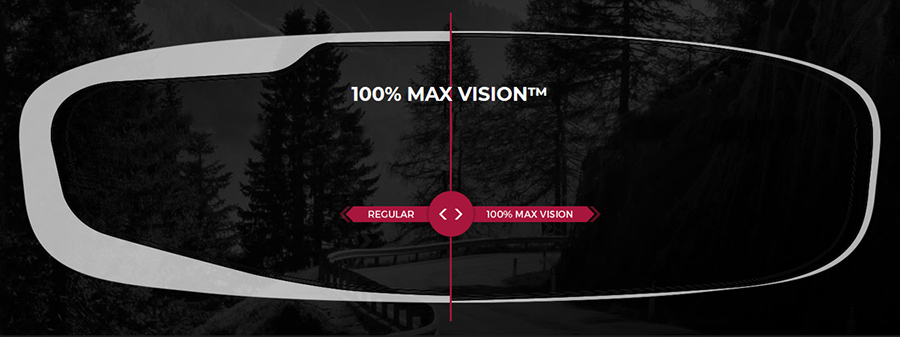
The Pinlock 120 is the top choice and is widely used on races. On the contrary, the Pinlock 30 is the basic choice of the company and applies to all Pinlock-ready helmets on the market. And what about the Pinlock 70? It has a longer lifespan that 30, covering a larger surface area and clear field of view longer time.
The 100% Max Vision is only available as a Pinlock 70 and Pinlock 120 variant and offers an even larger field of view (see image). You can also find anti-fogs with color.
Here are some facts:
- Shoei uses the Pinlock EVO, specially developed for harsh conditions and tracks.
- AGV uses the 100% Max Vision Pinlock 120 in the Corsa R and the Pista GP RR, while the Pinlock 70 is used in most of the company's models.
PIN TYPES
We will not tire you with many details. The only thing you should know is that there are 3 types.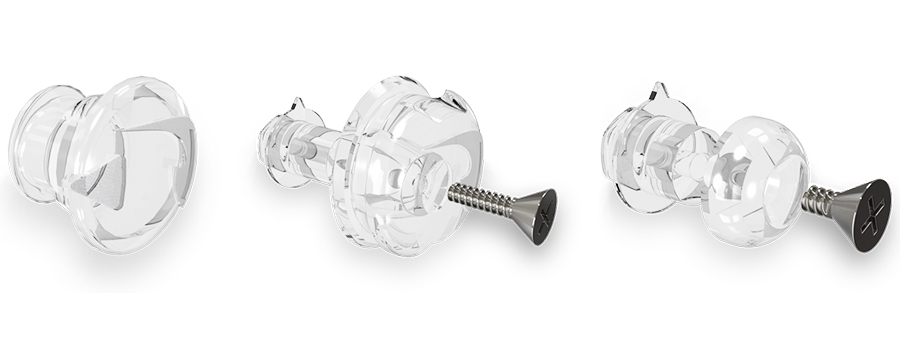
Push Pins, Three Component Pins and Tear Off Pins and their purpose is to retain the lens and ensure easier installation and adjustment. Remember that it is generally consumables and if you lose it there are spare parts.
MY VISOR HAS AN ANTIFOG COATING
If you have ever had a helmet with such acoating and then got another one that takes the Pinlock extra, you have definitely noticed the difference.
From our experience we will tell you that the antifog lens that is placed on the pins works best usually because it is not limited to a thin coating (without the necessary "space"), which deteriorates in winter-summer as time passes.
And yes they are less foggy compared to a simple helmet visor but more so than the Pinlocks.
ARE ALL BREATHS THE SAME?
Or my Pinlock does not work. Neither the breaths, nor the conditions, nor the temperature, nor all the helmets (and their ventilation levels), nor all the anti-fog shields are the same. That's why many complain that it does not work properly. We talked about the Pinlock system above. Now consider the rider-helmet-pinlock system.
IS EVERY ANTIFOG SHIELD A PINLOCK?
All Pinlocks are anti-fog, but not all anti-fog are Pinlock (TM).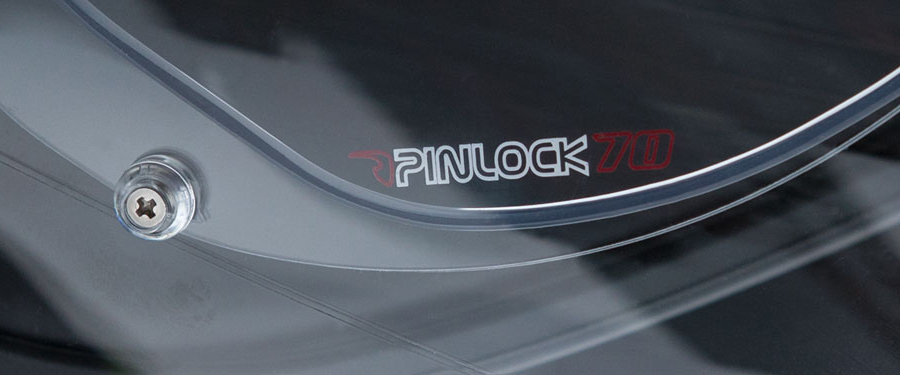
The name Pinlock actually came from the system developed by Derek Arnold and included the lens and pins, these tiny, usually transparent plastics that hold the anti-fog lens.
Arnold's company today cooperates with many manufacturers of helmets, offering high quality products with continuous development.
SHOULD i LEAVE IT ON THE HELMET DURING SUMMER?
Better not. There is no reason to reduce its lifespan.![]()
The high temperatures and the Mediterranean sun will change it. After all, the installation is like a bicycle and will take you only half a minute (after you learn). And if you can not, we have placed thousands. Let us show you.
HOW SHOULD I CLEAN IT?
With lukewarm water and very mild detergent (soap with neutral pH, detergent for sensitive clothes).
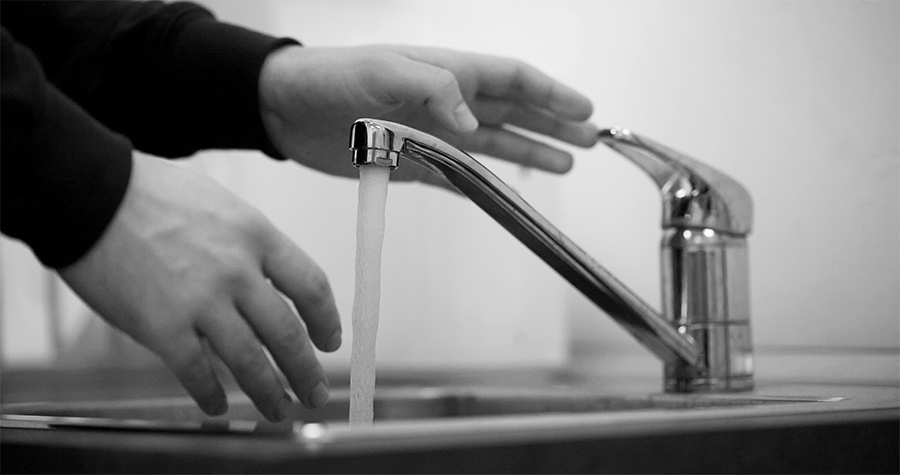
NO detergent for dishes and AZAX. Yes, there are many who do it out there, but it is WRONG. If you meet them, ask them why they do not bathe in lemon-scented bleach. The inside is very sensitive. We dry it only with natural -not hot- air (you can also with dehumidifier, air conditioner, fan, etc.).
On the outer, hard surface, a microfiber cloth will do the job. Yes, the paper will scratch it and the towel will leave hairs. If the interior does not dry completely, you will probably see a deformation. Do not be frightened. You just have to get rid of the moisture completely.
AND REMEMBER...
1. When you decide to buy anti-fog shield, you need to know the model of your helmet. The anti-fog for the Shoei NXR will not fit the AGV Pista GP RR.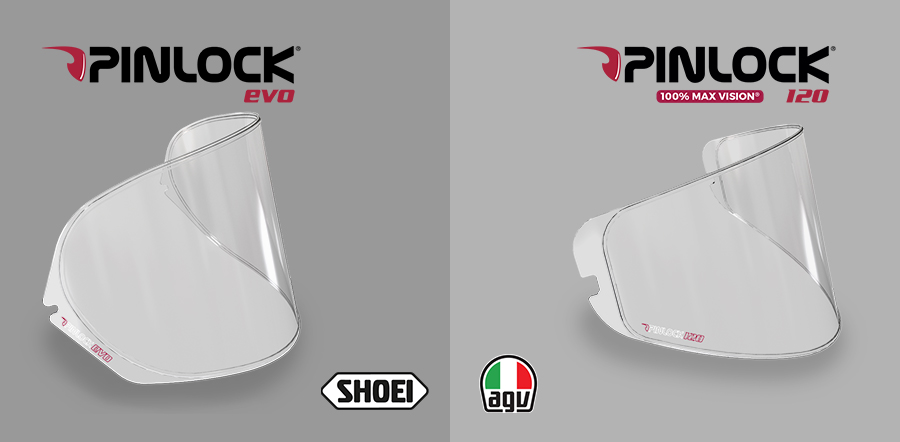
2. You must place it correctly with the silicone flange completely in contact with the interior of the visor. Otherwise it will not work properly and dust will be trapped resulting in you seeing worse.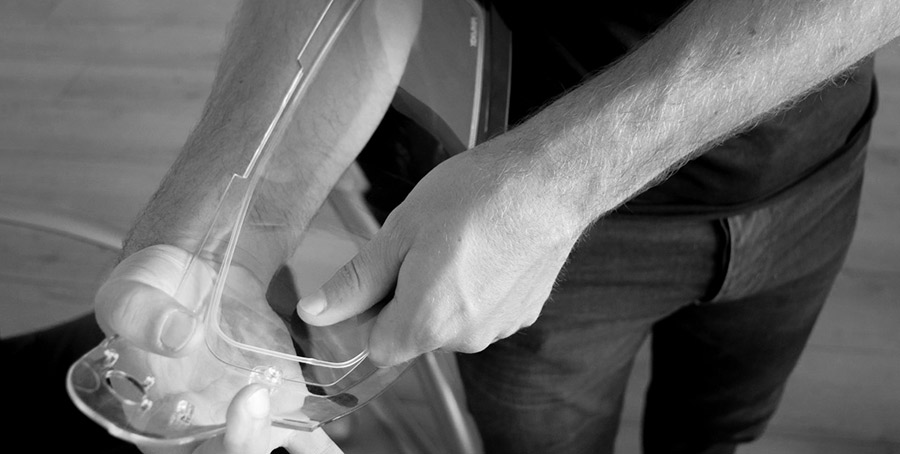
*Source: Pinlock Official Website
Choose MANUFACTURER and MODEL from FILTERS



